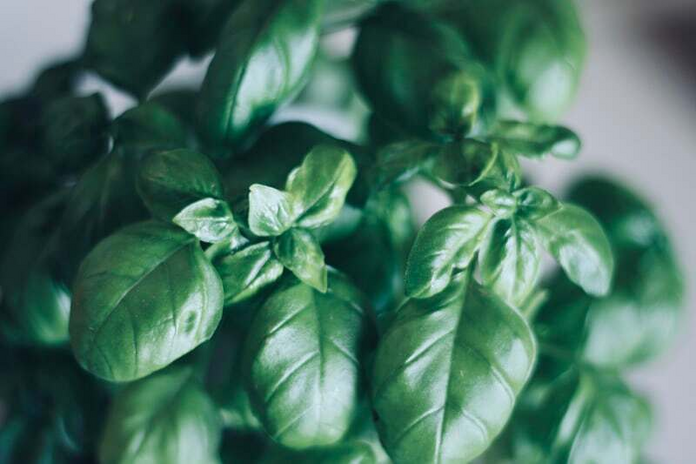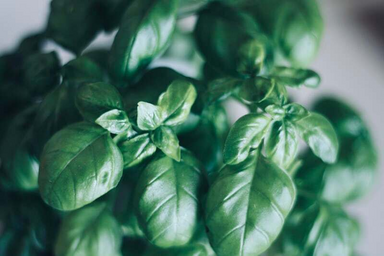Not everyone is cut out to be a perfect plant parent. It’s easy to get busy and forget about your new little leafy friend, and then boom it’s dead. Maybe you overwater it because you’re paranoid about letting it get dry, or the cat knocks your plants over and squashes them to death by sitting on them. Whatever the reasoning, if you have a hard time keeping plants alive, here is a list of some that are very difficult to kill:
Bunny Ear Cactus (Opuntia microdasys)
Bunny Ear Cactus is my number one recommendation to people struggling to develop their green thumb. These cacti need very little water and like to sit in a sunny windowsill. I recommend watering every few days or once a week or when it starts to look yellow instead of green. I keep my cacti in a variety of pots, upgrading when they start to spill out of their pot. To propagate, just clip a little nub and start in damp soil. Look out for the spines, they are very irritating to the skin!
Spider Plant (Chlorophytum comosum)
Spider plants are easy to keep alive if you have the right pot and the right balance of light. Because cats are obsessed with them, I recommend hanging pots or places completely out of the way of cats. But once established, spider plants will thrive and multiply. They are usually inexpensive to buy and need watering every other day or every few days to stay healthy. To propagate, wait for little baby plants to grow then clip and establish in their own pots.
Pothos (Epipremnum aureum)
The benefit of the Pothos plant is that it can handle near darkness for periods of time. It prefers bright low-light and does well in places like bathrooms or offices. Another benefit is that Pothos can grow in water or in soil. This makes propagation easy because offshoots from the mother plant can root in water or soil. Their trailing leaves make for a great decoration, and can handle all levels of watering – though they don’t like being kept dry for too long.
Jade Plant (Crassula ovata)
Jade plants are good for a beginning plant parent who is looking for more of a challenge. Jade plants are very easy to propagate and are also very low cost at stores, but where they become difficult is watering. Jade plants don’t like to be dry, and they don’t like to be wet. Put them in bright sunlight and make sure to water them a little bit every other day.
Aloe Vera
Aloe vera is a great beginner plant because it’s another one that you don’t have to do much with to keep healthy. Make sure that it has enough room in its pot, good light and it doesn’t get drowned at the roots. If you notice the arms of the plant looking yellow, get some water on it. If it starts to droop, it’s getting too much. A nice benefit of the aloe plant is having it on hand for burns and other skin issues, fresh aloe can help a variety of complaints as well as feature as an ingredient for enhanced water you can make at home. It’s a handy plant to have in your kitchen for when you need it, and has a unique shape to spice up your household decor.
Whether you are just starting out on your journey to plant parenthood or have a chronic black thumb, you’re sure to be successful with these simple plants. For troubleshooting, check out this article on houseplant care from Better Homes & Gardens. You can also visit your local nursery or garden center for more advice on taking care of your new plants.


